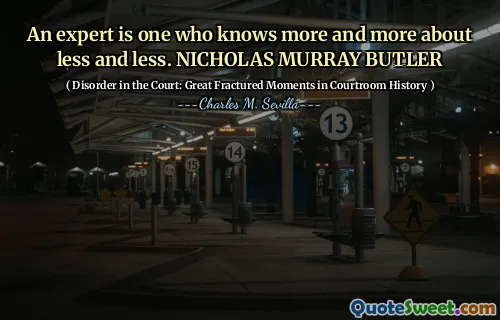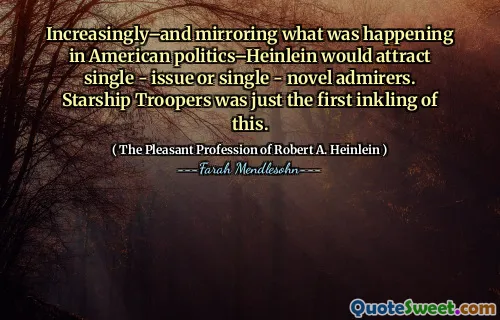What a lot of graves there are laid out as far as the eye can see!. Their headstones are like hands raised in surrender, though they are beyond being threatened by anything. A city of silence and truth, where success and failure, murderer and victim come together, where thieves and policeman lie side by side in peace for the first and last time.
The passage evokes a powerful image of a cemetery where countless graves stretch endlessly, symbolizing the inevitability of death. The headstones, likened to hands raised in surrender, reflect the finality of life and the cessation of all struggles. This silent city represents a collective resting place where the divisions of life—such as success versus failure and right versus wrong—are rendered meaningless.
In this tranquil realm, the former roles of individuals are forgotten, unifying all in death despite their past conflicts. It highlights a profound truth about mortality: that at the end, all beings, regardless of their life's choices or moral standings, find peace in the same soil. This theme resonates deeply, emphasizing the shared fate of humanity.





